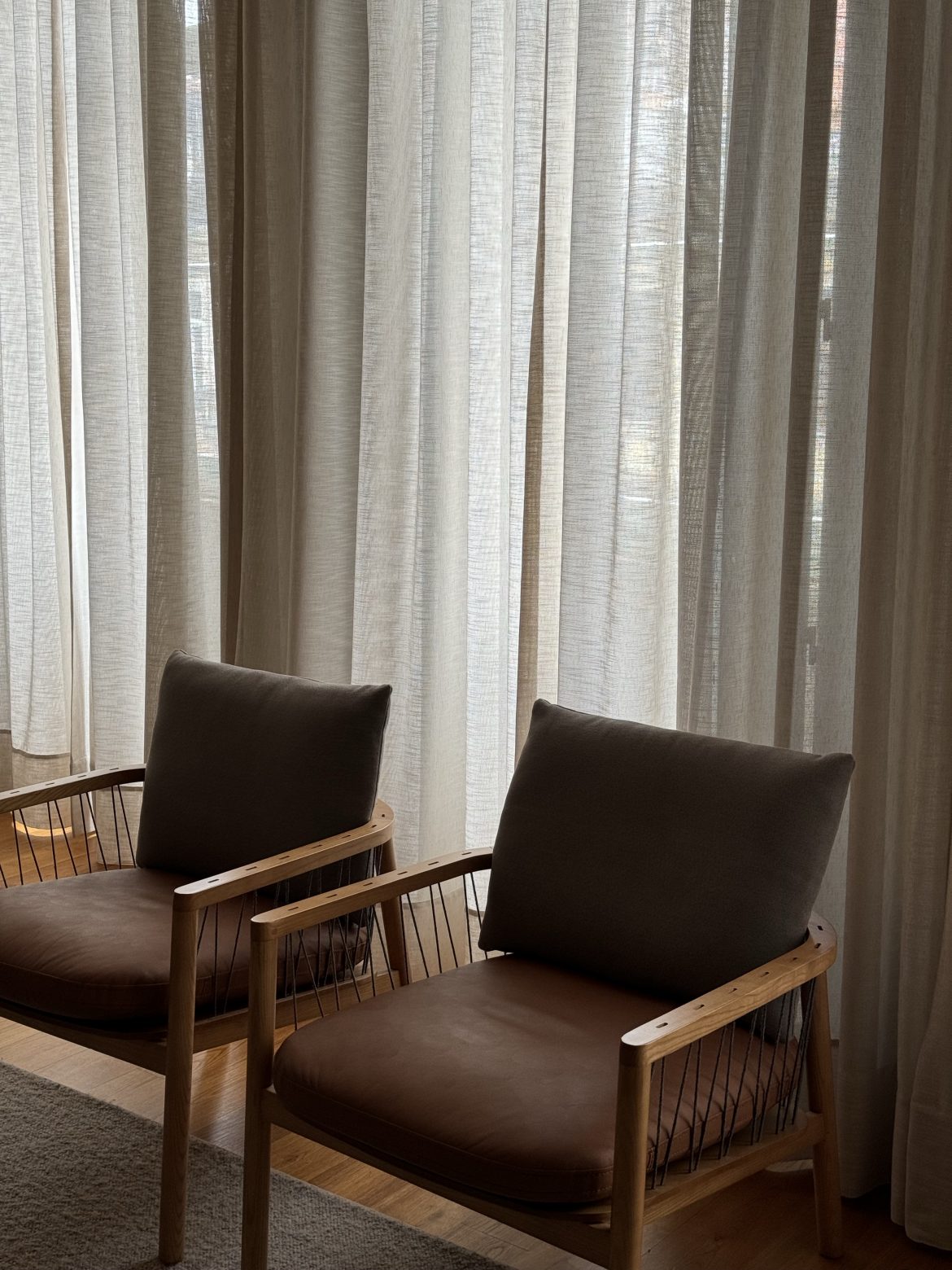When we think about warming up a space, we often default to colour palettes, lighting, or even candles. But beyond aesthetics, certain décor materials have the unique ability to physically retain and emit warmth, making your home not just look cosy but feel it too.
Whether you’re decorating for the colder months or simply crave a cocoon-like atmosphere year-round, choosing the right materials can make a noticeable difference. Here’s a guide to décor materials that quite literally warm up a space.
Wool and natural fibres
Wool is a powerhouse when it comes to temperature regulation. Not only does it trap heat, but it also adds texture and depth to any room. Think chunky knit throws, wool rugs or felted cushions—perfect for layering on sofas or beds during winter. Other natural fibres like alpaca, mohair or sheepskin also bring luxurious warmth with tactile softness.
Wood
Wood holds a special kind of warmth—both thermal and visual. Natural wood retains heat better than synthetic alternatives, making it a top choice for flooring, panelling or furniture. Hardwood floors with a soft under-rug, wooden coffee tables or even reclaimed timber shelving can instantly make a space feel grounded and snug.
Pro tip: Choose warmer-toned woods like oak, walnut or teak for a richer, cosier aesthetic.
Velvet and upholstered fabrics
Velvet doesn’t just look plush—it insulates too. The dense pile of this fabric traps heat, making it ideal for curtains, sofas and accent chairs. It adds a sense of opulence and physical warmth to any setting. Heavy curtains made from velvet or lined cotton can also help insulate windows and block out draughts.
Carpets and area rugs
Bare floors can make a room feel stark and cold—literally. Adding high-pile or wool-blend rugs helps trap heat and provides a soft landing for feet, especially in winter. Try layering textiles by combining a flatweave rug with a smaller, fluffy one for both warmth and visual interest.
Thermal curtains and drapes
Window treatments do more than filter light. Insulated or thermal-backed curtains help keep warmth in and cold out. Choose materials like thick cotton blends, velvet or even wool for that added layer of protection.
Leather (and faux leather)
Leather has insulating properties and tends to absorb and retain body heat over time. A leather sofa or ottoman can act as a great heat-retaining anchor in your living room. Add a sheepskin or fleece throw for extra comfort during the colder months.
Ceramics and terracotta
These materials might not seem warm at first glance, but unglazed ceramics and terracotta retain heat remarkably well. If you have a fireplace, placing terracotta décor or vases nearby allows them to absorb warmth and slowly release it into the room. Their earthy tones also visually contribute to a room’s cosiness.
Natural insulation décor pieces
Think bamboo, cork or rattan—not just for aesthetics but for function. These materials have natural insulating properties, especially cork, which is often used in flooring and wall panels. While they might not radiate heat, they help regulate temperature by buffering against cold air.
The final layer of warmth
Creating a warm and inviting space isn’t only about mood lighting and candles. The materials you choose for your décor have a tangible impact on how your home feels—physically. By layering textures, investing in natural, heat-retaining materials, and being mindful of your finishes, you can quite literally warm up your space in a way that’s both stylish and seasonally smart.
Your home should hug you back—and with the right materials, it absolutely will.
ALSO SEE:
Timeless interior decorating tips we should steal from our parents and grandparents
Feature Image: Dupe Photos

